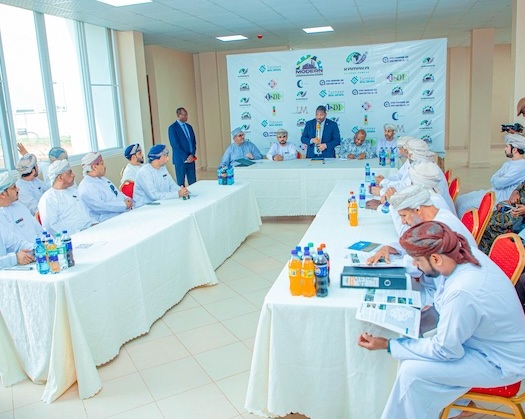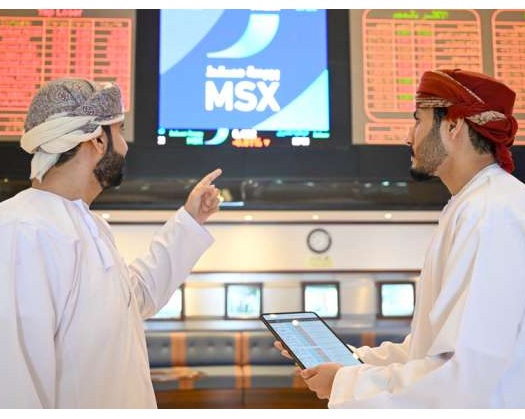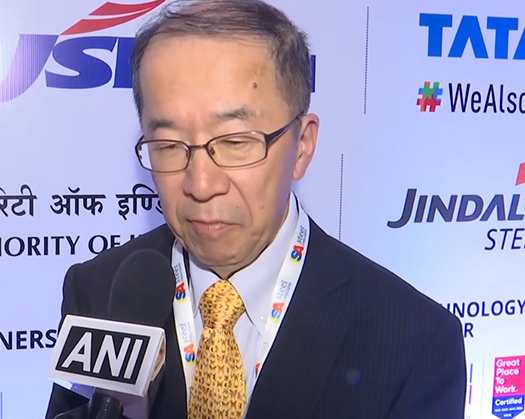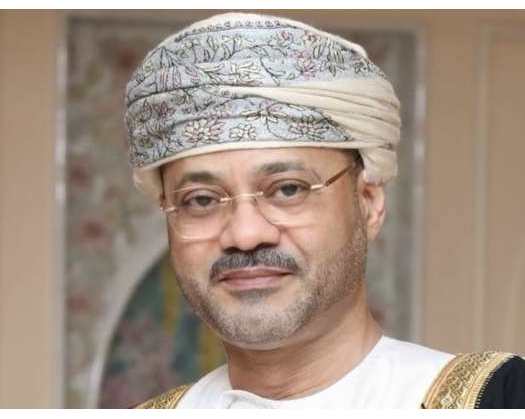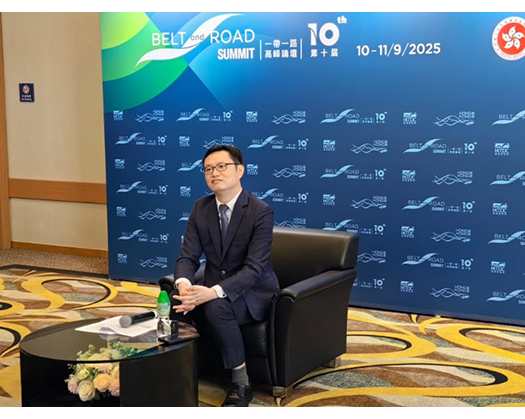New Delhi: According to a report by Edelweiss Mutual Fund, India's consumer market is projected to grow by 46 percent by 2030, positioning it as the second-largest market in the world.
This growth is anticipated to be driven by increasing incomes, a youthful workforce, and swift urbanization, which will collectively enhance consumption across the nation. Projections indicate that consumer expenditure in India will escalate to USD 4.3 trillion by 2030, a significant rise from USD 2.4 trillion in 2024.
The expansion is primarily attributed to the growing middle and upper-middle-income demographics, which are boosting purchasing power and discretionary spending.
With a median age of 28 years, India stands in stark contrast to China’s 39 years and the US’s 38 years, establishing itself as a key player in global consumption trends.
By 2030, the working-age population (ages 15-64) in India is expected to reach 100 crore, representing one-fifth of the global workforce.
The dependency ratio, which indicates the number of dependents relative to the working-age population, is projected to decrease from 47 percent in 2023 to 31 percent by 2031. This shift will facilitate greater disposable income and enhanced consumer spending.
Additionally, women's participation in the workforce has significantly increased, rising from 23 percent in 2018 to 42 percent in 2024.
This growth in dual-income households is contributing to higher expenditures on lifestyle and premium products, thereby further bolstering India's consumer economy.
Urbanization, digital transformation, and financial inclusion are significantly altering consumption trends in India. As aspirations align between urban and rural populations, enhanced access to goods and services is facilitating a shift from intention to actual expenditure.
The nation is experiencing two pivotal changes in consumption patterns: a movement from unbranded to branded products and a transition from unorganized to organized retail. This evolution is projected to generate an additional USD 600 billion in consumer spending in the near future.
The demand for convenience-driven consumption is being propelled by urbanization, while digitization and contemporary consumption trends are reshaping purchasing behaviors through the growth of e-commerce and digital payment systems.
Moreover, the availability of easy credit is simplifying the process for consumers to invest in aspirational products, while premiumization—the increasing preference for high-end and branded items—is influencing the next stage of consumption. Together, these elements are establishing a robust foundation for the expansion of India's consumer market.
The quick commerce sector is set for swift growth, fueled by urbanization, heightened consumer expectations, and expedited, localized delivery services.
At the same time, rural demand for consumer durables presents an untapped opportunity due to its low market penetration. As rural incomes rise and digital connectivity improves, this segment is poised to become a significant contributor to consumption growth in India.
Importantly, India's per capita income has been increasing at a compound annual growth rate of 8.7 percent since 2015, driving higher discretionary spending. With a shift towards branded products and organized retail, India's consumer market is on a path of unprecedented growth. This report is part of the “Edelweiss Consumption Fund,” which will be open for subscription on Friday.


